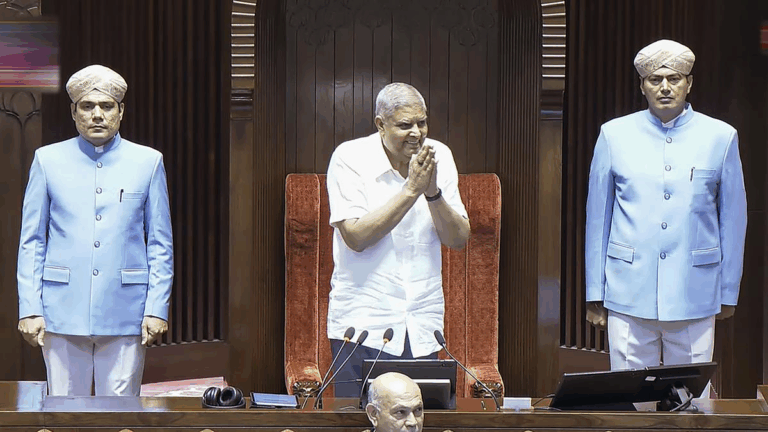Why 78% Coal Plants won’t need to add Anti-Pollution Devices
Why in the News?
The Indian government has exempted 78% of coal-based thermal power plants from installing Flue Gas Desulfurization (FGD) devices, which are designed to reduce sulfur dioxide (SO₂) emissions. This decision, announced by the Environment Ministry on July 11, 2023, has sparked debate due to its potential environmental and health implications.

Background
- Emission Norms: In 2014, the government introduced emission norms requiring coal plants to install FGD devices by December 2021. However, deadlines were extended multiple times due to industry concerns about costs, power supply disruptions, and higher electricity tariffs.
- Categorisation: Plants were divided into three categories (A, B, C) based on location and air quality impact, with staggered deadlines (2022–2024). Plants retiring by 2030 were exempted.
- Latest Change: The government cited studies (by NIH, NERI, etc.) claiming SO₂ levels around plants comply with air quality standards and that FGDs could increase CO₂ and PM pollution.
Feature: Key Concerns
- Health Risks: SO₂ emissions contribute to PM2.5 pollution, linked to respiratory diseases, heart attacks, and premature deaths. Acid rain from SO₂ also harms ecosystems.
Expert Criticism:
- CSEA: Argues air monitoring near plants doesn’t account for SO₂ transforming into PM2.5 over distances up to 200 km.
- CSE: Highlights SO₂’s 10-day atmospheric lifespan, enabling long-range pollution spread.
- Industry Pushback: Plants resisted FGDs due to high costs (₹50–100 lakh/MW) and operational challenges.
Challenge
- Balancing Act: The government faces pressure to ensure energy affordability while mitigating pollution. Critics argue the exemption prioritises short-term economic gains over public health.
- Data Disputes: Studies justifying the exemption are contested for underestimating SO₂’s impact and overlooking secondary pollutants.
- Way Forward
- Strengthen Monitoring: Deploy real-time emission tracking and expand air quality stations near plants.
- Alternative Solutions: Invest in renewable energy and cleaner coal technologies (e.g., advanced scrubbers) to reduce SO₂ without FGD drawbacks.
Policy Reforms:
- Enforce stricter deadlines for non-exempt plants.
- Provide subsidies or incentives for FGD adoption in critical zones (e.g., NCR).
- Public Awareness: Highlight the health costs of coal pollution to build consensus for stricter norms.
Conclusion
The exemption reflects India’s struggle to balance energy needs and environmental goals. A science-backed, transparent approach with accountability for plants and a focus on renewables is essential for sustainable progress.
FAQ: Why 78% of Coal Plants Won’t Need Anti-Pollution Devices
What are FGDs, and why are they important?
Flue Gas Desulfurization (FGD) devices remove sulfur dioxide (SO₂) from coal plant emissions. SO₂ contributes to:
- Respiratory diseases (asthma, bronchitis)
- PM2.5 pollution (linked to heart attacks and premature deaths)
- Acid rain (damaging crops, soil, and water bodies)
Why are environmentalists criticising this decision?
- SO₂ transforms into PM2.5 over long distances (up to 200 km), but monitoring near plants may not capture this.
- SO₂ remains in the atmosphere for ~10 days, spreading pollution far beyond plant locations.
- Studies justifying exemptions are disputed for underestimating SO₂’s health and environmental impact.
Why are power plants resisting FGD installation?
- High costs (₹50–100 lakh per MW) could raise electricity tariffs.
- Operational challenges, including space constraints and maintenance.
- Deadline extensions have allowed delays since the 2015 norms.
What could be a balanced solution?
- Strict enforcement for plants in highly polluted areas (e.g., Delhi-NCR).
- Real-time emission monitoring and stronger penalties for violations.
- Subsidies or incentives for adopting cleaner technologies.
- Faster renewable energy transition to reduce coal dependency.
MAINS PRACTICE QUESTION
Question: Why has the Indian government exempted 78% of coal plants from installing anti-pollution devices (FGDs), and what are the potential consequences for public health and the environment?







